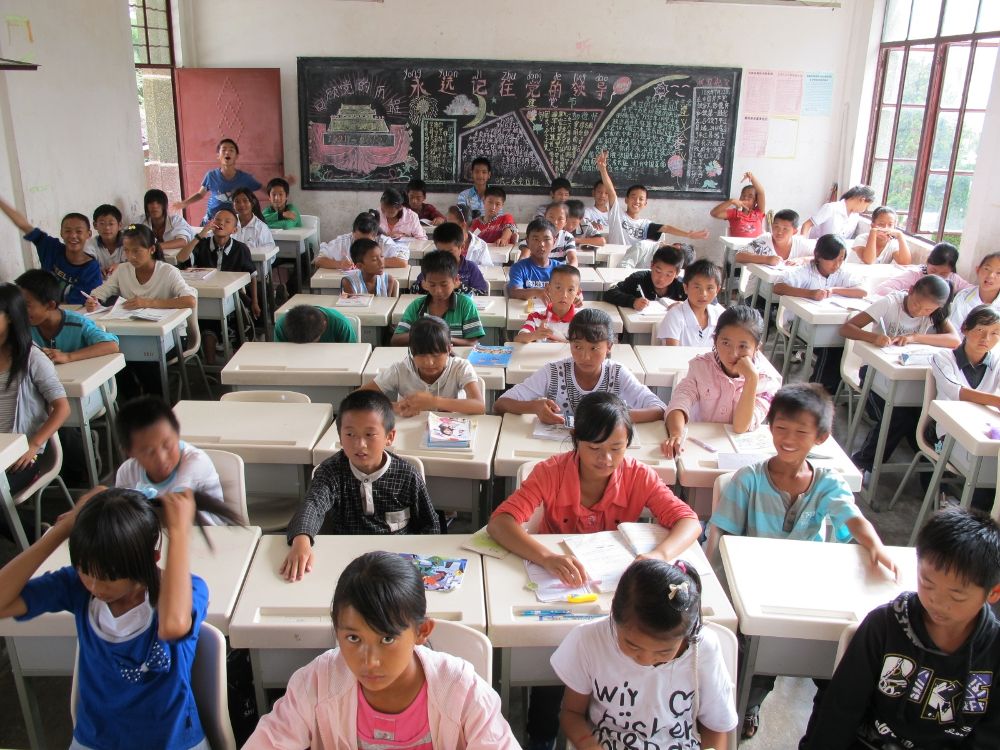Table of Contents

In an urban school, there are so many challenges facing teachers and students. These challenges include diversity, accountability, high expectations and the need for a culture of collaboration. It would help if you were a positive and confident teacher who is willing to work with other educators to solve the problems that your students are facing.
Challenges Faced By Teachers
Urban school teachers face unique challenges in the workplace. Many urban schools have diverse populations, making it challenging to address student needs. Your masters in urban education will equip you with the cutting-edge abilities you need to tackle these problems head-on and succeed in any educational environment.
The challenge of attracting new teachers to urban schools is a critical issue. In some inner city districts, up to 40 percent of the new teachers leave within the first few years of employment.
Educators in urban schools have to be creative in their teaching methods. They also need to keep conflicts to a minimum. Managing student behavior, as well as the mountains of paperwork, is an additional challenge. Teachers are also faced with standardized testing, which is mandated by the federal government.
Culture of Collaboration
Large urban school districts are faced with several challenges. They are faced with competing demands from different stakeholders. In addition, they have to cope with a changing landscape.
One of the biggest obstacles to improving student achievement is organizational silos. While these silos are not the entire problem, they can be an essential part of the puzzle. When an extensive, complex system has fragmented cultures, it can be difficult for educators to work together. However, by working together, educators can improve student performance.
High Expectations
High expectations for students are a hallmark of good teaching. They promote learning and help students succeed.
However, urban schools often need more support. A recent study explored this phenomenon. Using a primary school as an example, Lenore Jacobson and Robert Rosenthal experimented. In it, a randomly selected group of teachers was told to expect high results from the top 20% of students.
The result was disappointing. Although the top 20% performed significantly better than the rest of the students, the achievement gap was still present.
This study shows that the perception of failure in urban schools is overstated. It also suggests that the relationship between high expectations and relationships is key to creating a thriving climate for student achievement.
Accountability
If you work as a teacher or a school administrator in an urban setting, you may have been introduced to the term “accountability” at some point. You might still need to fully grasp its meaning.
In an urban school, accountability is an effort to ensure everyone gets the best education possible. This includes students, teachers, parents and other stakeholders. It can involve sanctions or rewards based on performance or other indicators.
School leaders in an urban school must understand how to create and maintain a culture of accountability. For this, they must first recognize the role of the district office. They must then redefine their leadership role to support the strategy.
The key to developing a school-wide accountability system is building a collaboration culture. It is also essential to focus on creating a high level of expectations.
Diversity
Urban schools are faced with complex challenges. In addition to structural and cultural issues, they have to contend with a high concentration of low-income students and a lack of resources. Some urban school systems successfully serve immigrant students, but they must be vigilant in their commitment to a culturally responsive education.
The good news is that students are coming to the classroom with a wealth of global experiences. These can be translated into academic achievement. But the real test is whether or not students can successfully navigate the nuances of a school’s cultural code.
As cities continue to grow, new language communities are emerging. This may include languages like Vietnamese, Tagalog, and Spanish. However, a city’s materials will likely only cover a small portion of these languages.



